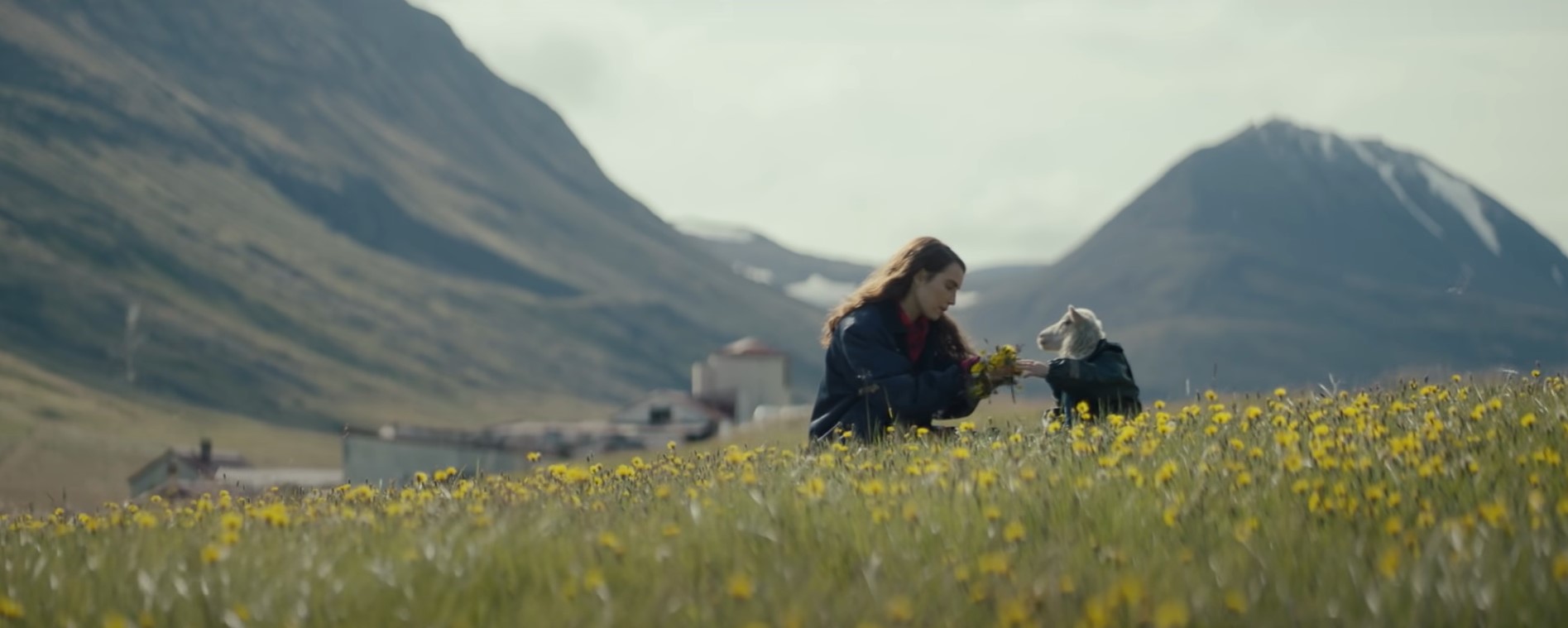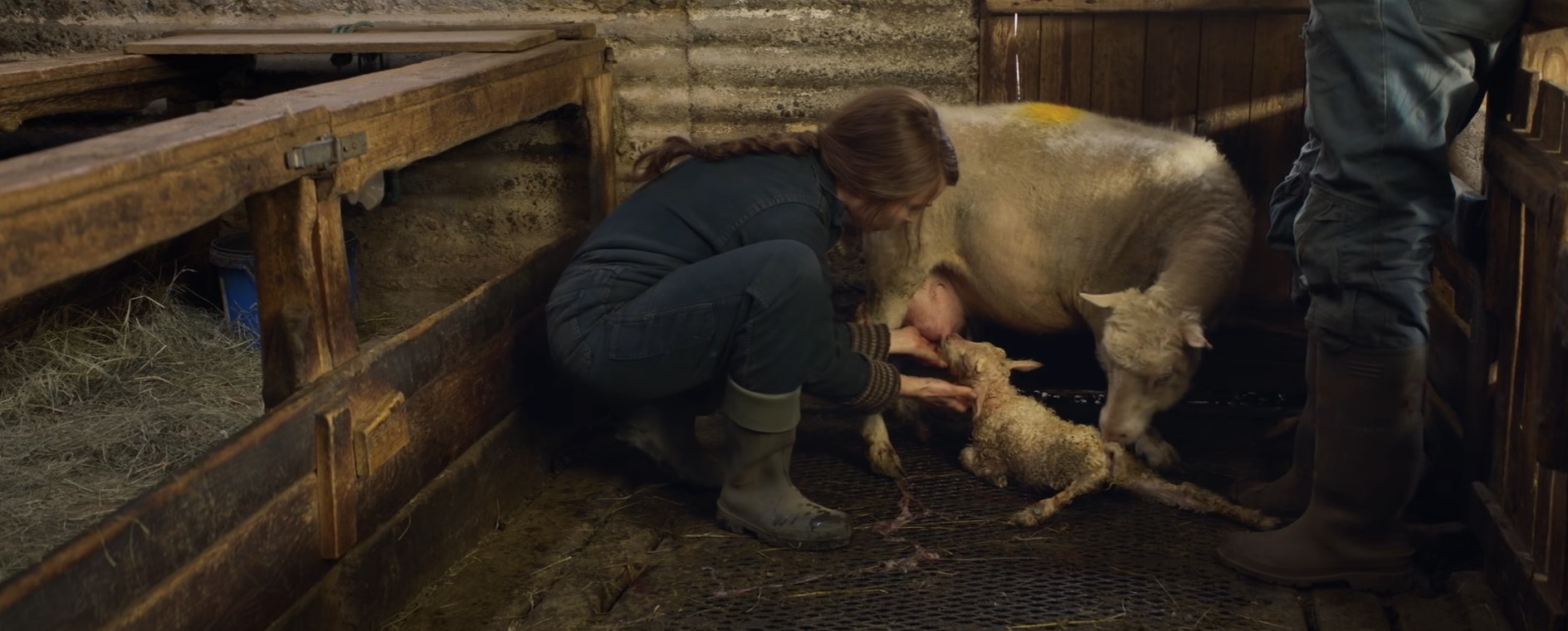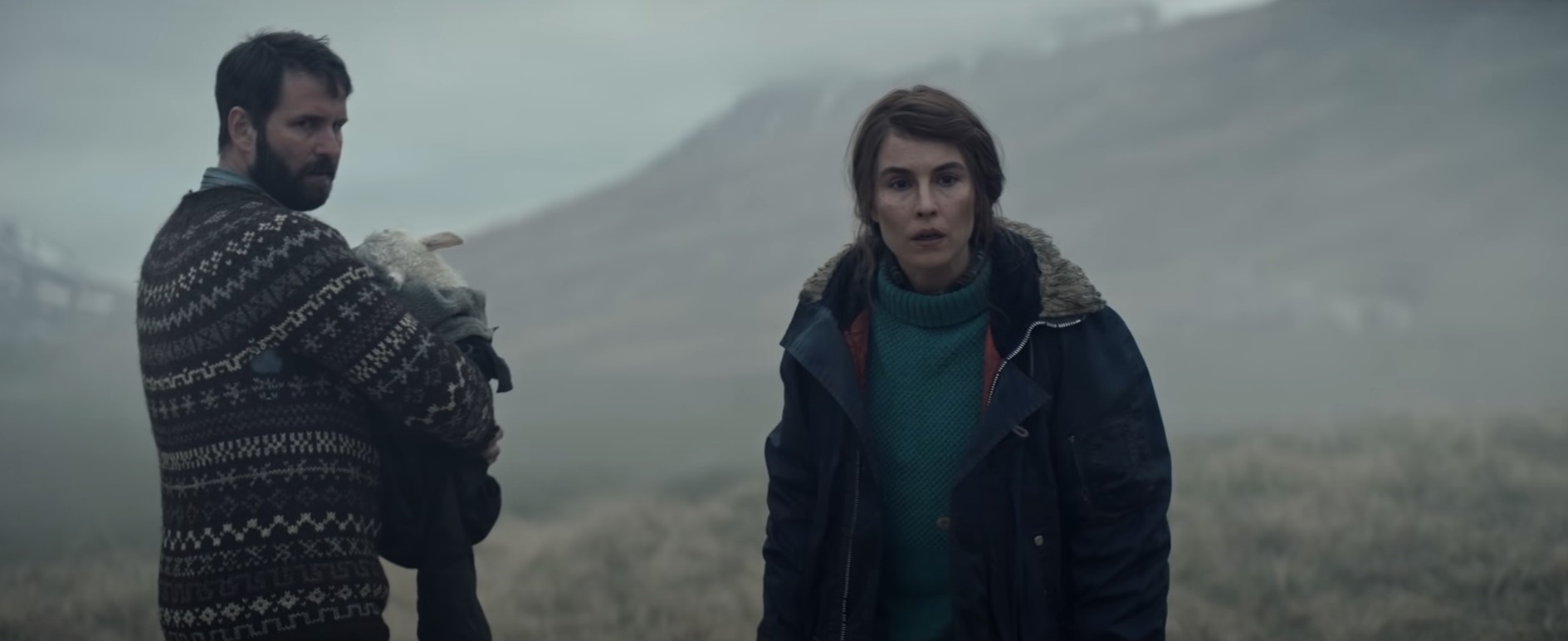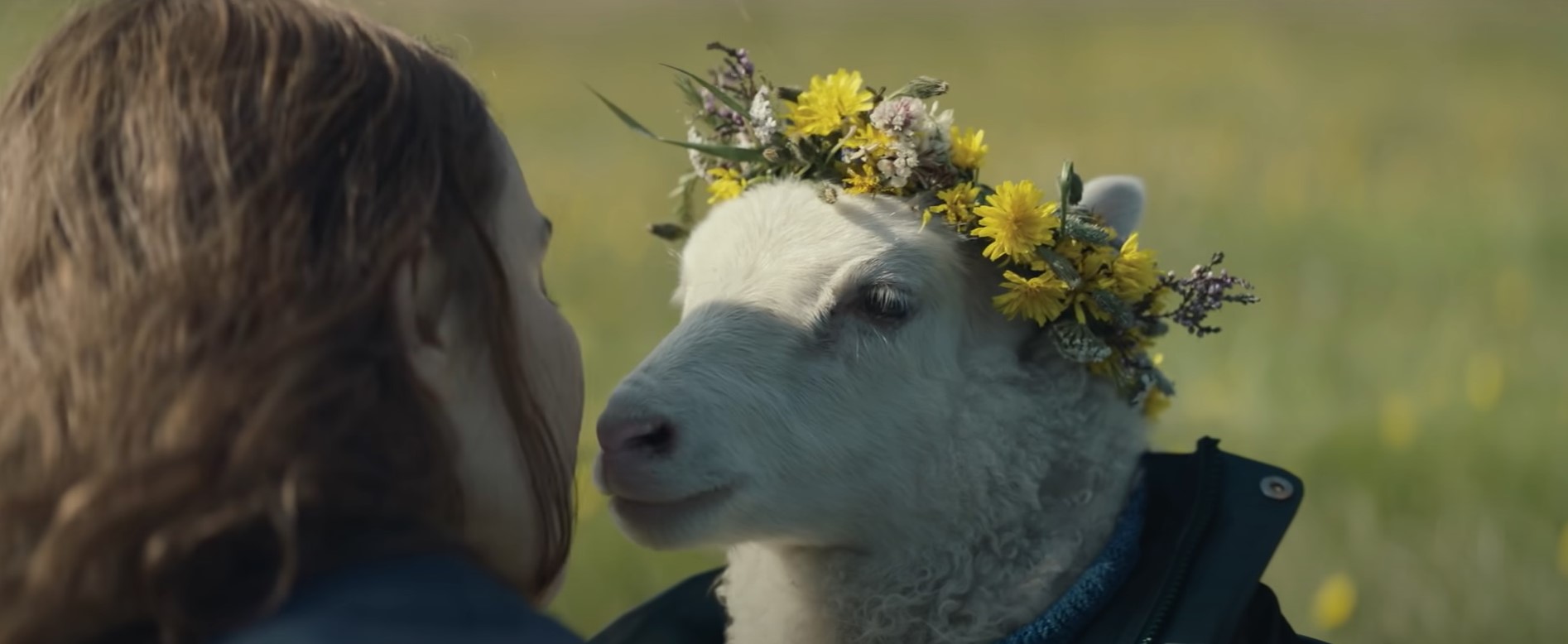‘Lamb’ is an Icelandic horror fantasy film that revolves around a married couple, Maria (Noomi Rapace) and Ingvar (Hilmir Snær Guðnason), as they adopt an unnatural hybrid lamb-child. Written by Valdimar Jóhannsson and Sjón — with the former also serving as the director — this folk horror is a chilling exploration of maternal loss, rural life, ethics, and the battle between nature and nurture. Maria and Ingvar’s sorrow at losing their first child and subsequent joy at adopting their second is extremely realistic and sets the stage perfectly for the hair-raising horror awaiting them.
Additionally, the rural setup of the sheep farm, shrouded in silence and fog, brilliantly sells the movie’s folklorish, deeply unsettling tale. Thus, it is natural for fans to be genuinely curious to know whether this intriguing award-winning movie borrows from reality. Well, let’s find out whether ‘Lamb’ is based on a true story!
Is Lamb a True Story?
No, ‘Lamb’ is not based on a true story. The half-human, half-sheep child that Maria and Ingvar adopt is a fantastic fictitious creation. While animal hybrids are quite common, a natural human-animal hybrid is unheard of and an impossible phenomenon. Scientifically, of course, it is possible to have a human-animal hybrid, known as a chimera.

The 21st Century saw the development of human-pig and human-monkey embryos in laboratories, although they did not survive for long. The subject matter of such hybrids is controversial and often comes up in debates about ethics, animal rights, and human rights. Should a chimera be treated like a human or an animal? Interestingly, it is this very question that ‘Lamb’ deals with.
Having just lost a child, Maria and Ingvar decide to treat Ada — the hybrid — as a human. They separate her from her birth mother, the sheep, who bleats in agony at being away from her child. Maria kills the sheep mother, unable to tolerate the piteous cries and her own feelings of guilt. Where did the unsettling idea of Ada come from? Jóhannsson explained that he had been collecting reference pictures and drawings of creatures for years. He even had a nightmare about a giant ram once. The story for ‘Lamb’ blossomed after he showed his visual book to Sjón.

The movie relies heavily on the setting — a farm in Iceland — to tell its story. In fact, Iceland is at the heart of the gut-wrenching tale of Ada. The folk horror film may be fictional, but it documents real scenes of farm life, farm animals, and most importantly, sheep births. That’s right, Rapace actually oversaw the birth of lambs for the scene in which Maria helps the pregnant sheep mother deliver. In the chilling conclusion of the film, Ada’s real father — a terrifying half-human, half-ram creature — comes to take her away with him and raise her in the wild.
The Ram Man kills Ingvar, leaving Maria to mourn the loss of her partner and stolen child and ponder over her grief-driven selfish deeds. The film’s premise clearly rests on the battles between humankind and nature and the former’s ruthless exploitation of the latter. “I was always aware of things that are not there. And if you cross that line and take something that is not yours to have, nature will hit back. They will avenge you and come after you,” explained Rapace.

She added, “[Maria] takes something that is not hers because she needs to heal. She doesn’t see him [Ram Man], but she knows. That’s why in the end, her pain is released. She’s breathing again; she’s alive. It’s the beginning of a new chapter. It’s extremely painful, but she is there.” Thus, ‘Lamb’ offers uncomfortable questions about motherhood, guilt, justice, and the power imbalance of the human-nature dynamic.
Movies like ‘Splice,’ ‘Hybrid,’ ‘Sssssss,’ ‘Black Sheep,’ and ‘Alien: Resurrection’ also explore human-animal hybrids but equate them to monsters. However, none of them have the quiet desperation and heavy moral burden that power Jóhannsson’s Icelandic horror tale. Thus, ‘Lamb’ is an imaginary, eerie tale about parental loss, human greed, and nature’s justice. It may be rooted in fantasy and fiction, but it addresses real-life questions about bioethics and the relationship between humans and animals.
Read More: Where Was Lamb (2021) Filmed?


You must be logged in to post a comment.